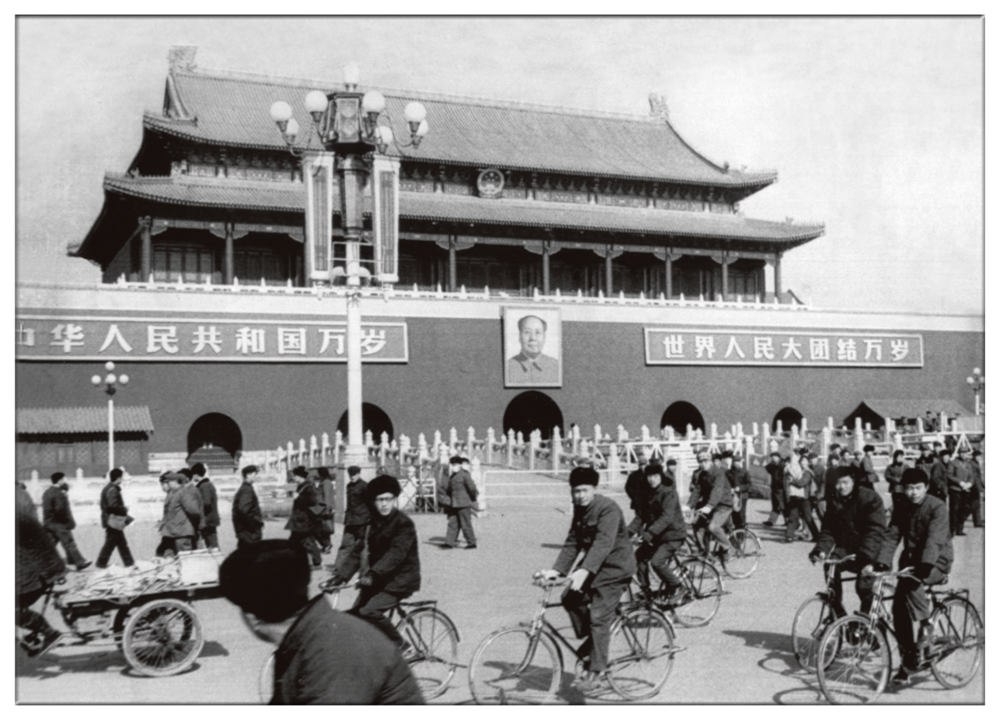The Mongolian Moat Underneath Our Feet
Changan Avenue - Beijing’s Revolutionary Road Part 1
Tiananmen, 1972
Today, the Tiananmen gate is best known as the place where Mao’s portrait hangs and from which the People’s Republic of China was proclaimed. Tiananmen represents the bullseye in the middle of the ever-expanding ring roads of Beijing, the most central part of the Chinese capital. But more than 800 years ago when the Mongols ruled Beijing, the gate had a whole other purpose: it was the southernmost gate of the whole city.
Tiananmen and the Mongolian Moat from Chang’an Avenue Map, 1973
The Changan Avenue - which today penetrates the heart of the capital from east to west over a 40 km long stretch - started off as a dirt road outside this southern gate, organically shaped by thousands of footsteps coming into the city. On a map of the Changan Avenue from 1973, we have discovered evidence of the underground stream that was originally the moat around the Mongol capital. It is often stated that the old observatory located next to the second ring road was the south east corner tower of the Mongolian capital and looking at the water in the map this makes sense, because the observatory is located just to the north of the stream. It is also clear to see that the whole area of what is today the Tiananmen square was originally outside the city proper.
The Old Observatory
When the Ming dynasty took power, they too constructed a city wall. The new rulers reused some parts of the Mongolian wall, but the Ming wall was significantly smaller than its predecessor. In the north, the Ming abandoned a good chunk of the city because it simply was not sustainable to them to control such an expanse, but in the south the area where the Tiananmen Square is today located became part of the capital and the Changan Avenue was for the first time absorbed into the city proper. It was at this point that it was named Changan Jie (or, “road of eternal peace”) for the first time.


